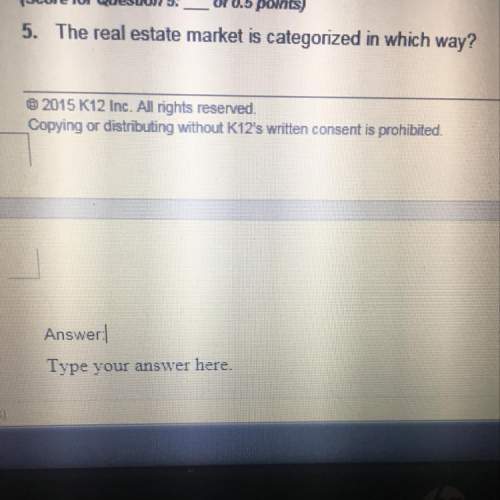
Business, 13.08.2020 01:01 2016gbryant
Prepare consolidation spreadsheet for intercompany sale of equipment - Equity method
Assume a parent company acquired its subsidiary on January 1, 2009, at a purchase price that was $310,000 in excess of the book value of the subsidiary's Stockholders' Equity on the acquisition date. Of that excess, $210,000 was assigned to a Customer List that is being amortized over a 10-year period. The remaining $100,000 was assigned to Goodwill. In January of 2012, the wholly owned subsidiary sold Equipment to the parent for a cash price of $122,500. The subsidiary had acquired the equipment at a cost of $140,000 and depreciated the equipment over its 10-year useful life using the straight-line method (no salvage value). The subsidiary had depreciated the equipment for 4 years at the time of sale. The parent retained the depreciation policy of the subsidiary and depreciated the equipment over its remaining 6-year useful life. Financial statements of the parent and its subsidiary for the year ended December 31, 2013 follow in part f. below. The parent uses the equity method to account for its Equity Investment. The Customer List was amortized as part of the parent's equity method accounting,
a. Prepare the journal entry that the subsidiary made to record the sale of the equipment to the parent, the journal entry that the parent made to record the purchase, and the [I] entries for the year of sale. Note: Round answers to the nearest whole number.
b. Compute the remaining portion of the deferred gain on January 1, 2013.
c. Show the computation to yield the $127,417 of Income (loss) from subsidiary reported by the parent for the year ended December 31, 2013.

Answers: 1
Another question on Business

Business, 22.06.2019 16:30
Which of the following has the largest impact on opportunity cost
Answers: 2

Business, 23.06.2019 01:50
Consider a firm with a contract to sell an asset for $149,000 four years from now. the asset costs $85,000 to produce today. a. given a relevant discount rate of 14 percent per year, calculate the profit the firm will make on this asset. (a loss should be indicated by a minus sign. do not round intermediate calculations and round your answer to 2 decimal places, e.g., 32.16.) b. at what rate does the firm just break even?
Answers: 3

Business, 23.06.2019 09:30
Craig complained to his friend jess that a class was too hard and he believed that the teacher was not being fair with his grading standards. jess replied, "craig, you really have an attitude problem." what is the relationship between the manner that the term attitude is used in common conversation and the how it is defined in consumer behavior? there is no relationship. common usage is not the same as attitudes as seen by the researchers who study consumer behavior. the term attitude is widely used in popular culture in much the same way it is used in studying consumer behavior. they are different in that popular culture does not recognize that attitudes are temporary. otherwise the usage is the same. they are similar except that popular culture assumes that attitudes are related to beliefs, and research scientists have shown that there is no such relationship.
Answers: 2

Business, 23.06.2019 16:30
Risk is the risk of a decline in a bond's value due to an increase in interest rates. this risk is higher on bonds that have long maturities than on bonds that will mature in the near future. risk is the risk that a decline in interest rates will lead to a decline in income from a bond portfolio. this risk is obviously high on callable bonds. it is also high on short-term bonds because the shorter the bond's maturity, the fewer the years before the relatively high old-coupon bonds will be replaced with new low-coupon issues. which type of risk is more relevant to an investor depends on the investor's , which is the period of time an investor plans to hold a particular investment. longer maturity bonds have high risk but low risk, while higher coupon bonds have a higher level of risk and a lower level of risk. to account for the effects related to both a bond's maturity and coupon, many analysts focus on a measure called , which is the weighted average of the time it takes to receive each of the bond's cash flows. conceptual question: which of the following bonds would have the largest duration? a)10year-zero coupon bonds b)10year-7% annual coupon bonds c)10year-3% annual coupon bonds d)5year-3% annual coupon bonds e)3year-7% annual coupon bonds
Answers: 1
You know the right answer?
Prepare consolidation spreadsheet for intercompany sale of equipment - Equity method
Assume a paren...
Questions



Mathematics, 24.09.2019 12:30


English, 24.09.2019 12:30


Mathematics, 24.09.2019 12:30

Mathematics, 24.09.2019 12:30




English, 24.09.2019 12:30












